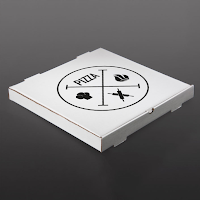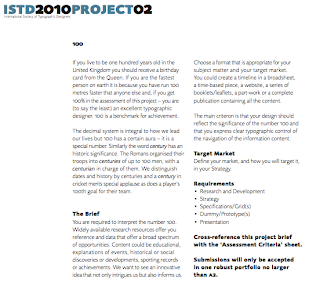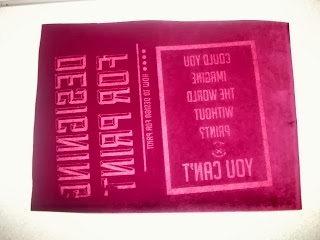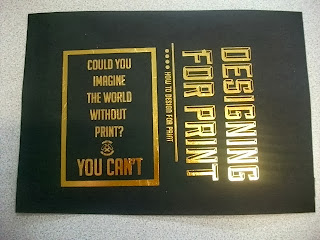131PIZZA - Pizza Box
Brief:
We would like a graphic that will be printed on both brown and white pizza boxes. The graphic can cover the top of the box as well at the sides. It can be either black/grey or 2 colour which would preferably include red. It needs to be simple, obviously relate to pizza, but a fresh approach as opposed to the typical pizza box. I have attached some examples of what kind of thing we are thinking of but feel free to be creative, you are the experts after all!
Note: although our company is 131PIZZA, we dont want the box to have 131PIZZA on it as this box is going out to all different stores Australia wide. We are after a contemporary 'stamp style' graphic similar to example uploaded. Also with layers i.e. stamp over a template of pizza related words etc.
My response:
I was asked to take part in this by the contest holder after recently winning the last design competition I entered.
However when I was asked, there wasn't much time left, so I couldn't spend too much time on it.
In total I created five different designs, the first with 4 variations. I kept them all similar because I didn't have much time, but made an effort to come up with a few different designs.
Variation 1:
Variation 2:
Variation 3:
Variation 4:
To show how these would look on a pizza box I superimposed them in Photoshop so it would give the contest holder a better idea as to how these would work in the real world. Just having the designs above doesn't really show how well these work in situation.
I entered one from each variation:
 |
| Entered designs |
Unfortunately my design didn't get picked, but because I didn't spend so much time on it, it didn't bother me as such. It was a brief which had time constraints, and this has helped me to design a bit more efficiently and stick to the brief.
These three briefs are from quite similar areas in the industry, but wanted different outcomes in different formats. Doing the three of them has given me confidence in my ability to design in these different areas while keeping in with what the brief is asking.
It has also shown me that at the end of the day I am designing for the contest holder, not myself, and their opinions on design are different to mine, and what they see as good, is what a designer would see as terrible. This has shown me that as a designer I need to be flexible in my designs.

























































